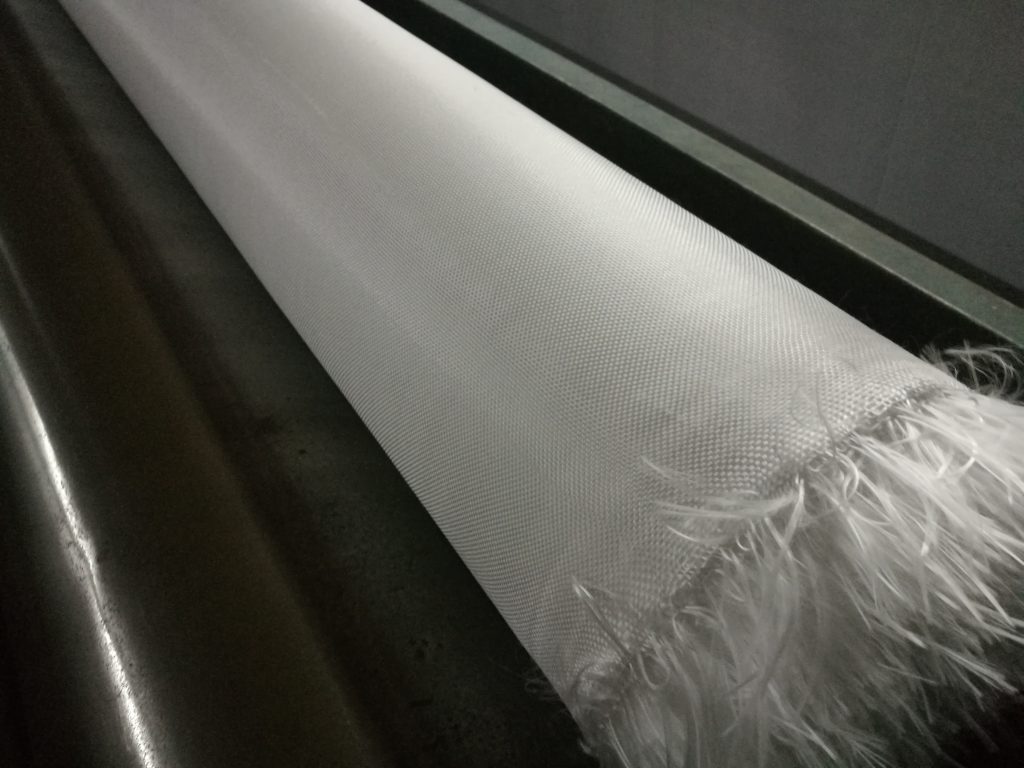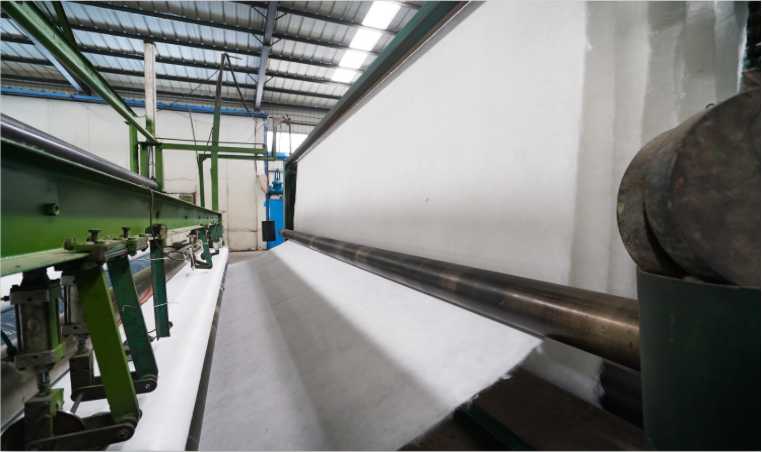 Back to List
Back to List
What is geotextile?
Geotextile is a permeable synthetic textile material made of polypropylene or polyester.
Geotextiles have a long history of use in filtration, drainage, separation, and protection applications in many civil, coastal, and environmental engineering structures.
When used in several different applications that are primarily soil-related, geotextile has five key functions:
1.) separation
2.) the carton
3.) filter
4.) protection
5.) drainage
Geotextiles have long been used in the construction and landscaping industry and are marked by stabilizing the ground, improving site drainage and filtration, separating aggregates and dispersing applied loads.
Determining the right geotextiles for your project means knowing the difference between them - one of the keys is whether they are woven or non-woven.
What is a woven geotextile?

As you might guess, machine-made geotextiles are made by mixing and weaving the fibers on the loom to form a uniform length.
As a result, the product is not only rugged and well suited for applications such as road construction and parking lots, but also has excellent equipment to deal with ground stability issues.
They are relatively impermeable and do not provide the best separation.
Woven geotextile can resist ultraviolet degradation and is suitable for long-term application.
Woven geotextiles are measured by tensile strength and strain, which is the ability of a material to resist breaking under tension.
What is non-woven geotextile?

Nonwoven geotextiles are made by entangling long or short fibers by needling or other means.
Some additional heat treatment is then applied to further enhance the strength of the geotextiles.
Because of this manufacturing process and its permeability, nonwoven geotextiles are usually best suited for drainage, separation, filtration, and protection applications.
Nonwoven fabrics are measured by weight (that is, GSM/g/m2) and feel and look more like felt.
There are many USES for woven or nonwoven geotextiles, whether you need ground stabilization, separation of bottom, aggregate and other materials, or drainage and filtration, there is now a geotextile suitable for your project.
Make sure you choose the right option each time.